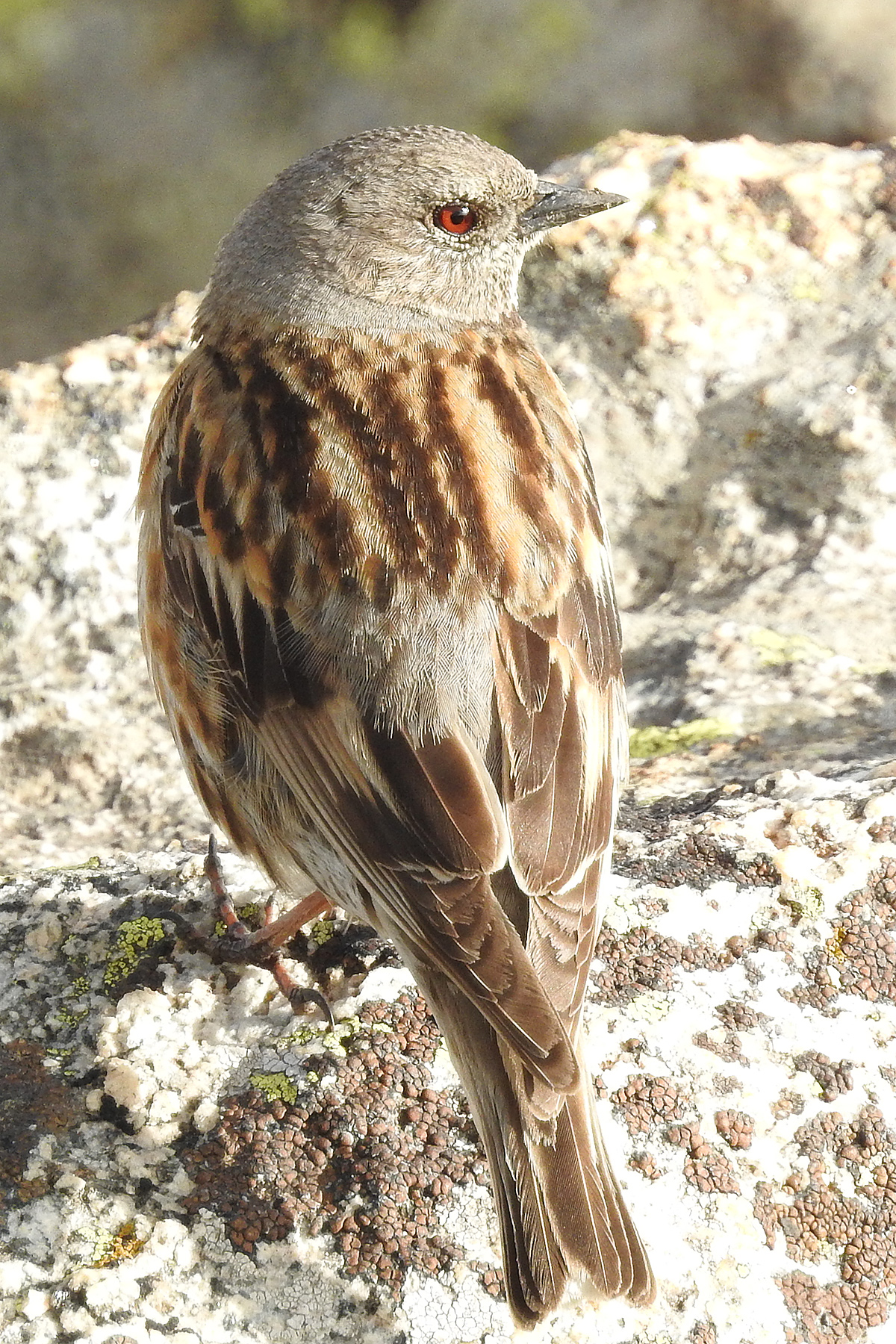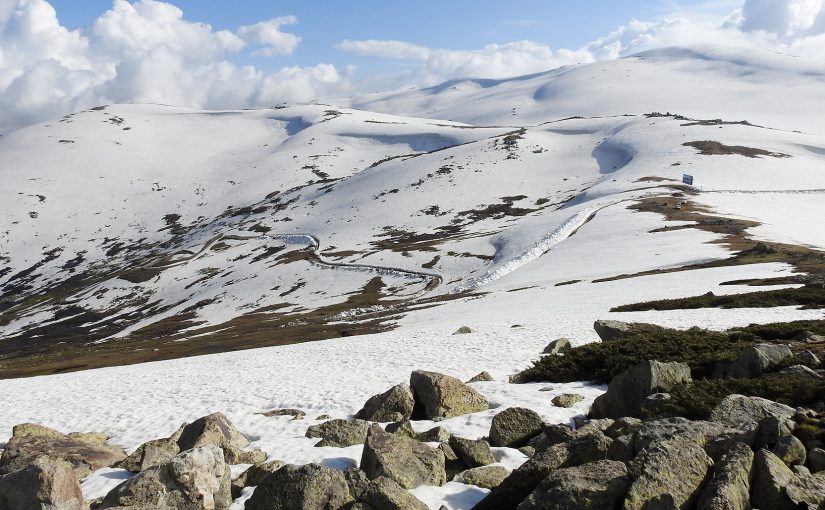Editor’s note: John MacKinnon is the co-author of A Field Guide to the Birds of China. Since its publication in 2000, this pioneering work has been the standard guide to the birds of China for foreign and Chinese birders alike. MacKinnon is a pioneer in another, smaller way—he is the author of the first guest post in the history of shanghaibirding.com. Herewith we present “Far from Shanghai, Four Hours of Arctic,” an account of an afternoon MacKinnon recently spent in the Altai Mountains in Northern Xinjiang. — Craig Brelsford
by John MacKinnon
for shanghaibirding.com

My father was raised on Scotland’s Isle of Skye—a wild youth who could throw a cricket ball a hundred yards. And when I was 8 years old he delighted in taking me on walks up Blaven and the Red Hills to tell me of his own wild childhood exploits. I was much impressed by his story of once killing a ptarmigan with a stone until a few years later I visited the Cairngorms and discovered how incredibly tame that species is—a sitting duck (uggh!) at 10 metres. But those bleak alpine landscapes remain in my blood, and so it was a great delight on 5 June to join a few fellow birdwatchers of the Altai Bird Lovers Society to head up into the hills above Altai Town for a few hours bird-watching.
I had given the Society a talk in the morning, so our time was limited. It became even more shortened as the military guard at the only barrier we had to pass held us up for two hours insisting no foreigners were allowed beyond his post. Many phone calls later, we were allowed to advance. The delay was a pity, as we had to bypass several fellow birders who were stalking a rare Snowy Owl sighted earlier in the valley.
These woods echo to the calls of familiar European birds—Common Chaffinch, Eurasian Blackbird, Great Tit, Common Nightingale, and Rock Bunting. The undergrowth was abloom with wild peonies, but we were heading for higher ground. We would have only four hours more of daylight.
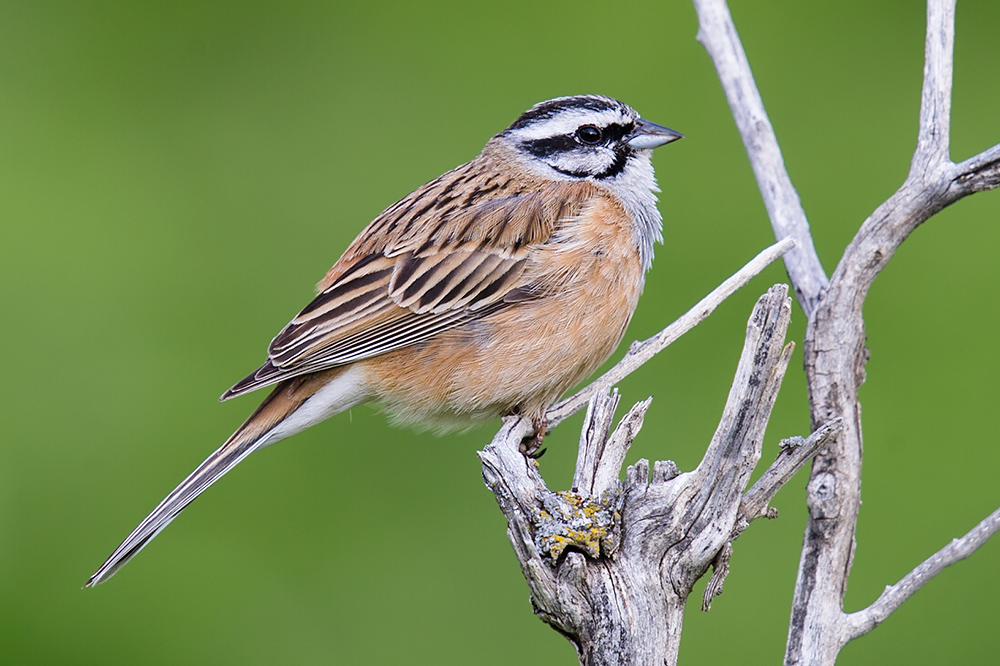
The road was rough—sometimes rocky, sometimes deeply rutted in mud. It had been raining, and the mountain streams were flooding out of their banks, and we had to ford them many times. We passed out of the forests and into the open meadows. These were gloriously green with new spring grass before the Kazakh herdsmen could bring their flocks up for the summer grazing. Thousands of Purple Fawn Lilies (Erythronium sibiricum) and Cowslips (Primula denticulata) glistened in the sunlight, fluttering in the wind. Grey, Yellow, and White Wagtail skittered out of the way of our 4-wheel vehicle as it laboured up the trail. Black Kites and a lone Common Kestrel glided over the valley. Large sleepy marmots gazed at us as we drove on higher towards the snowline, and a large eagle flew just over our heads without giving us a second glance.
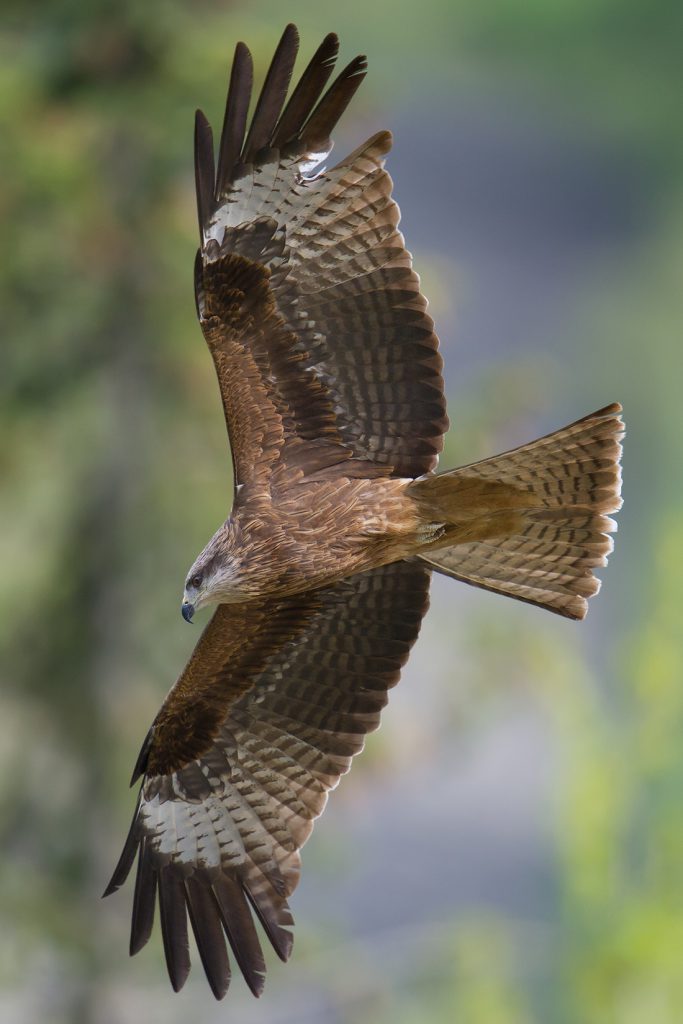
The road twisted about between great walls of snow where a digger had cut a way through, and eventually we emerged on top of the world, with views way into the distance across the Mongolian border. It was indeed very similar to the landscapes of the Scottish Cairngorms, and I felt quite at home as we came to a halt and started on foot to clamber across the loose rocks and patches of shallow snow that covered the rolling hilltops. But the air was thin, and I could already feel the altitude at nearly 3000 m as I trudged ahead in a slightly desperate search to find Rock Ptarmigan.
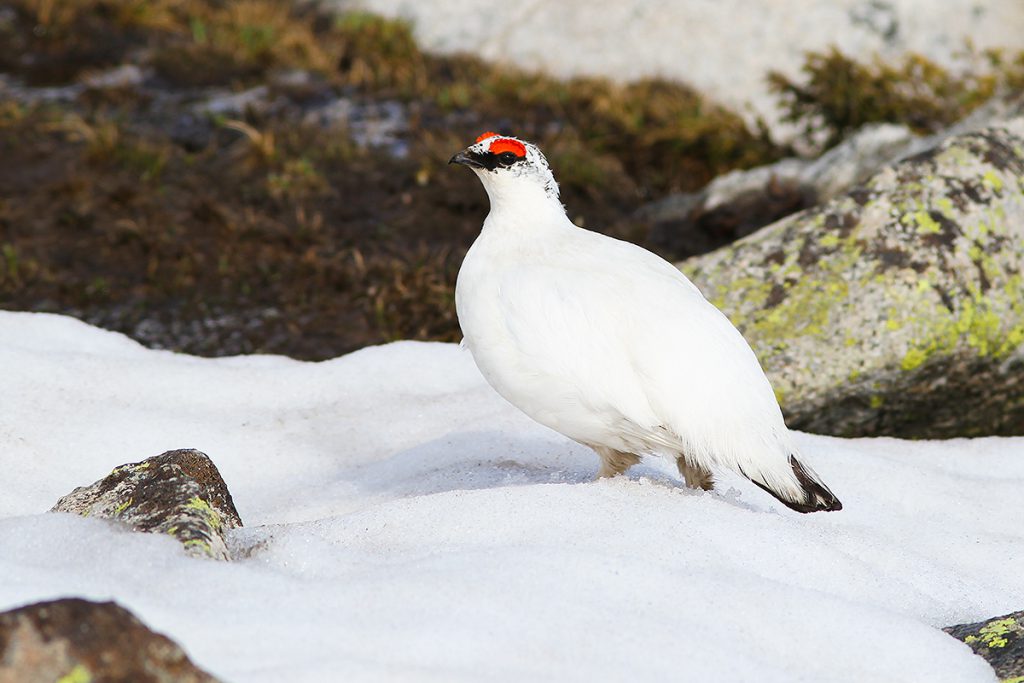
I spotted the first one—a cock in full white winter plumage. I crept up gradually, taking pictures as I went. I did not want to alarm or disturb the bird but it seemed quite unconcerned and went about its business feeding and wandering across the snow only a few metres away. Gradually the three other birders caught up with me and took their fill of pictures. I withdrew to give the bird some peace, but the other birders were more persistent, and eventually the cock flew off with a dark female whom I had not spotted at all.
Vegetation was sparse, and there were few other birds on this bleak windswept hill, but we did see Northern Wheatear, Grey-necked Bunting, and Altai Accentor. Across a valley of deeper snow I spotted another white cock ptarmigan standing out boldly against the dark rocks, and then, in amazement, I noticed our leader Tang Liming sitting quietly no more than 5 metres away from the bird.
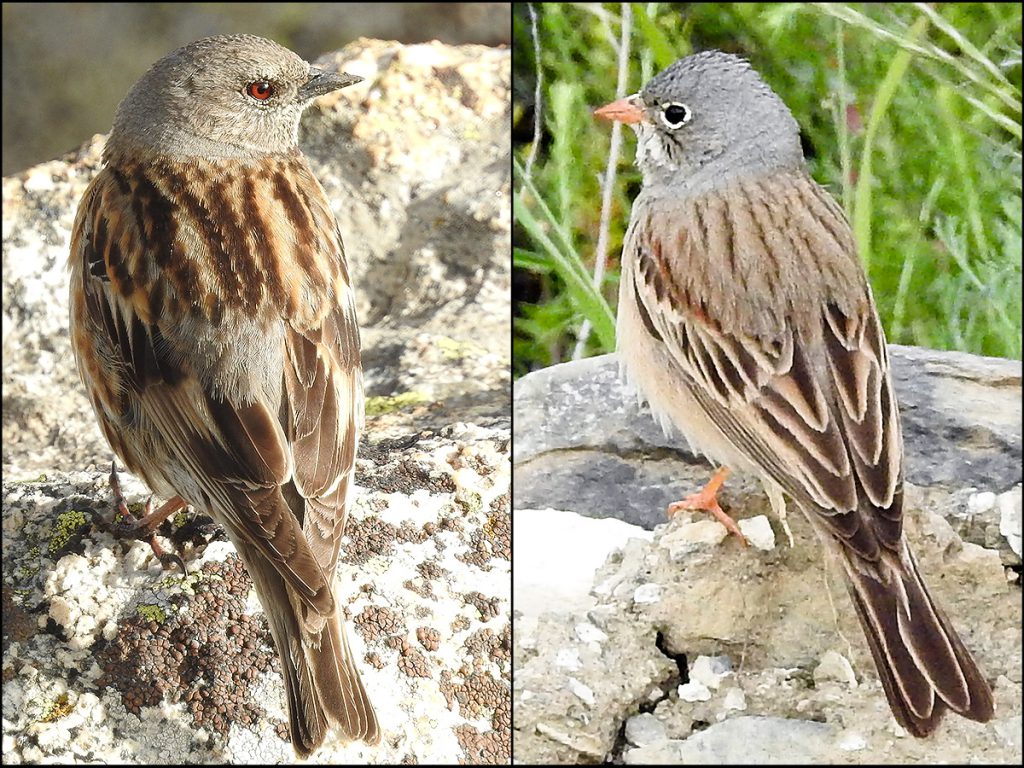
It would be a long walk down to the road and back up the other side, so I headed straight across the snow. Walking gently, I found I could stay on top of the snow crust, but a couple of times I sank deeply down to my waist. Two other birders followed my trail, and soon we were creeping up the other side towards Mr. Tang and the splendid cock ptarmigan. So well-hidden was his mate that I might have walked on her had Mr. Tang not whistled a warning. Mr. Tang had already got great pictures of the pair mating, but we were content to get close ups of the two birds, again as tame as can be.
The clever cock had found a wonderful rock to shelter behind from the bitter wind, but he let his partner squat out in the open. Both birds fed for a while, and we got excellent stills and video of them showing no concern at our presence. One of the birders had nothing less than a 600 mm, and he had to hover about 30 metres back whilst we could sit with 10 m!
With light falling, we started the climb back to the car. It was a steep, wet, slippery climb, and at one point I fell sharply on my rear end. But we were elated with our ptarmigan success, and the sunset was very beautiful. We got back in the car and headed home, thinking the day was done—but far from it.
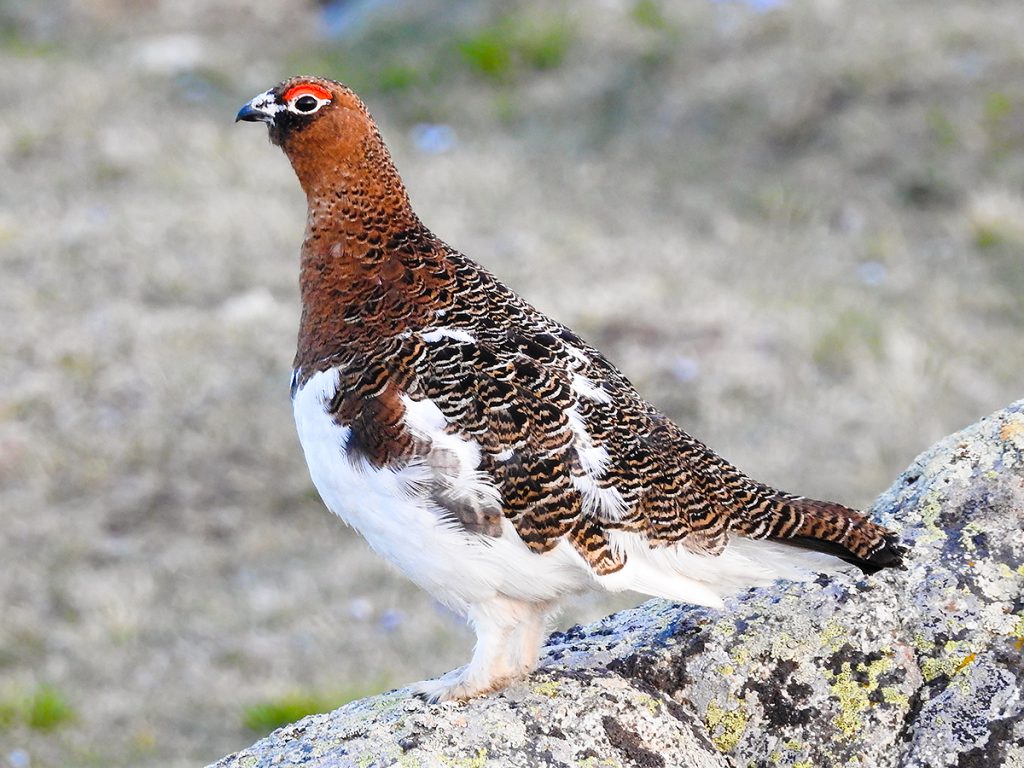
I spotted a movement on the hillside. We stopped and myself and a Mr. Wang crept up to where I had seen another bird. We were rewarded with great views of a cock Willow Ptarmigan and his mate. They were not as tame as the Rock Ptarmigan but did let us get within 20 m or so, and somehow, despite quite dim light, my camera managed to take bright and glorious pictures as the cock strutted his stuff and gave his famous gobbling calls. Unlike the cock Rock Ptarmigan that were still in full winter plumage, the Willow Ptarmigan was in the half-white, half-brown plumage of summer. It was getting really late now, so we hurried back to the car.
We got less than 1 km when we saw a wolf trotting along not far off the road. We halted and stumbled out of the car, fumbling to reassemble cameras, but the wolf moved on quite fast, and we ended up getting back in the car, turning round and following back up the road. We now saw there were two wolves. We parked where we had seen the Willow Ptarmigan earlier, got out and looked everywhere for the wolves, but they were nowhere to be seen. Only when we turned back towards the parked car we saw them sitting watching us from further up the road. Again we followed in the car, but they were soon far away, on the other side of the stream. Again they stopped to have a good look at the strange car and humans before heading back into the snowy hills. They were both quite skinny, but they had made it through the winter, and soon there would be baby hares, marmots, rock squirrels, grouse, red deer, ibex and all sorts of potential prey to fatten on and rear their own litter of new cubs through the summer.
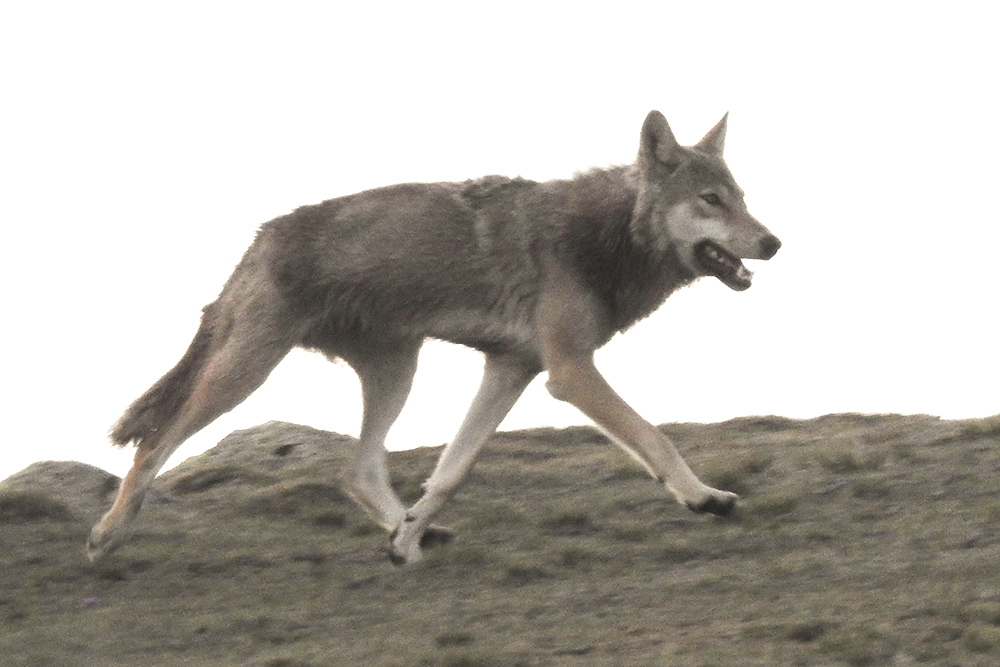
Now it was really dark, and all we saw on the rest of our trip down the mountain was one pipit and a small mouse trapped in the headlights.
I wanted more, and my project had indeed planned a trip of several days into the Liangheyuan Nature Reserve, but just two days after my trip into the Arctic, the army ruled that no foreigners could be permitted into the border areas, be they from the United Nations or even the royal family! And so I had to sadly abort my plans and head prematurely back to Beijing. But my few hours in the hills will remain a happy memory.
LIST OF PLACE NAMES
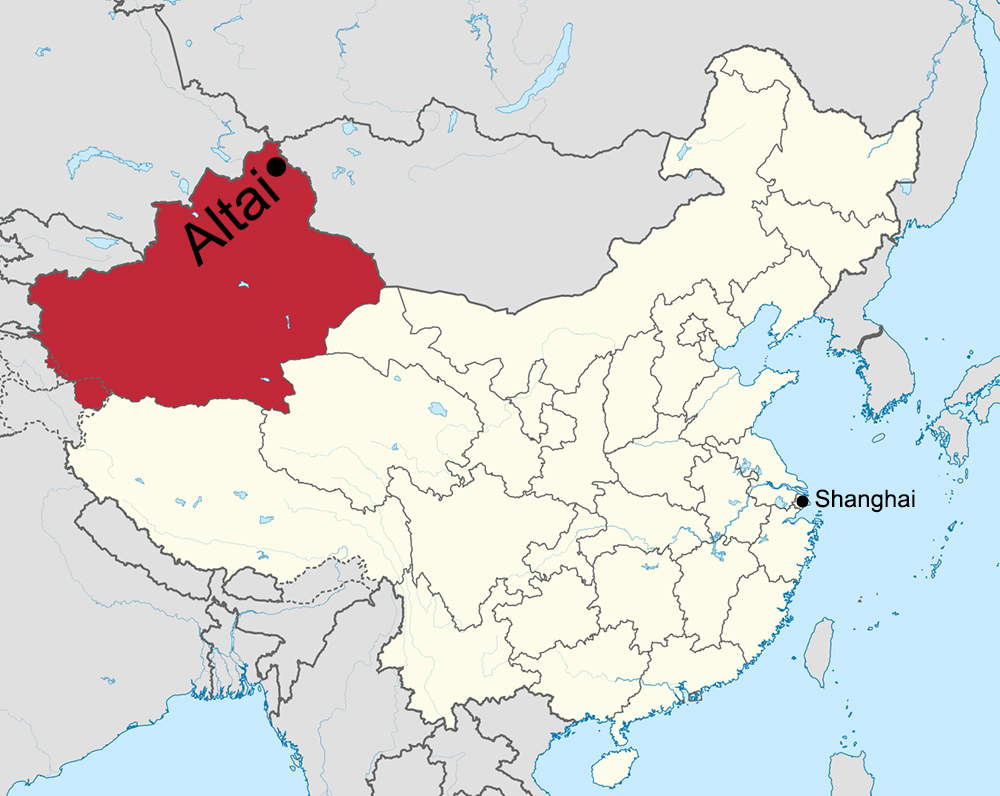
Altai City (Ālètài Shì [阿勒泰市]): county-level city Altai District
Altai District (Ālètài Dìqū [阿勒泰地区]): sub-prefectural jurisdiction Ili Kazakh Autonomous Prefecture, Xinjiang
Altai Town: urban area in Altai City 47.825858, 88.133544
Blaven: mountain on Isle of Skye
Cairngorms, the: mountain range central Scotland
Ili Kazakh Autonomous Prefecture (Yīlí Hāsàkè Zìzhìzhōu [伊犁哈萨克自治州]): sub-provincial autonomous prefecture, Xinjiang
Skye, Isle of: largest island in Inner Hebrides archipelago off W coast of Scotland
MORE ON BIRDING IN XINJIANG
shanghaibirding.com founder Craig Brelsford has completed two birding expeditions to Northern Xinjiang, covering an area from the Tianshan Mountains around the capital, Urumqi, north to the Altai Mountains. Here are links to Brelsford’s 5-post, 150-photo series on birding Xinjiang:
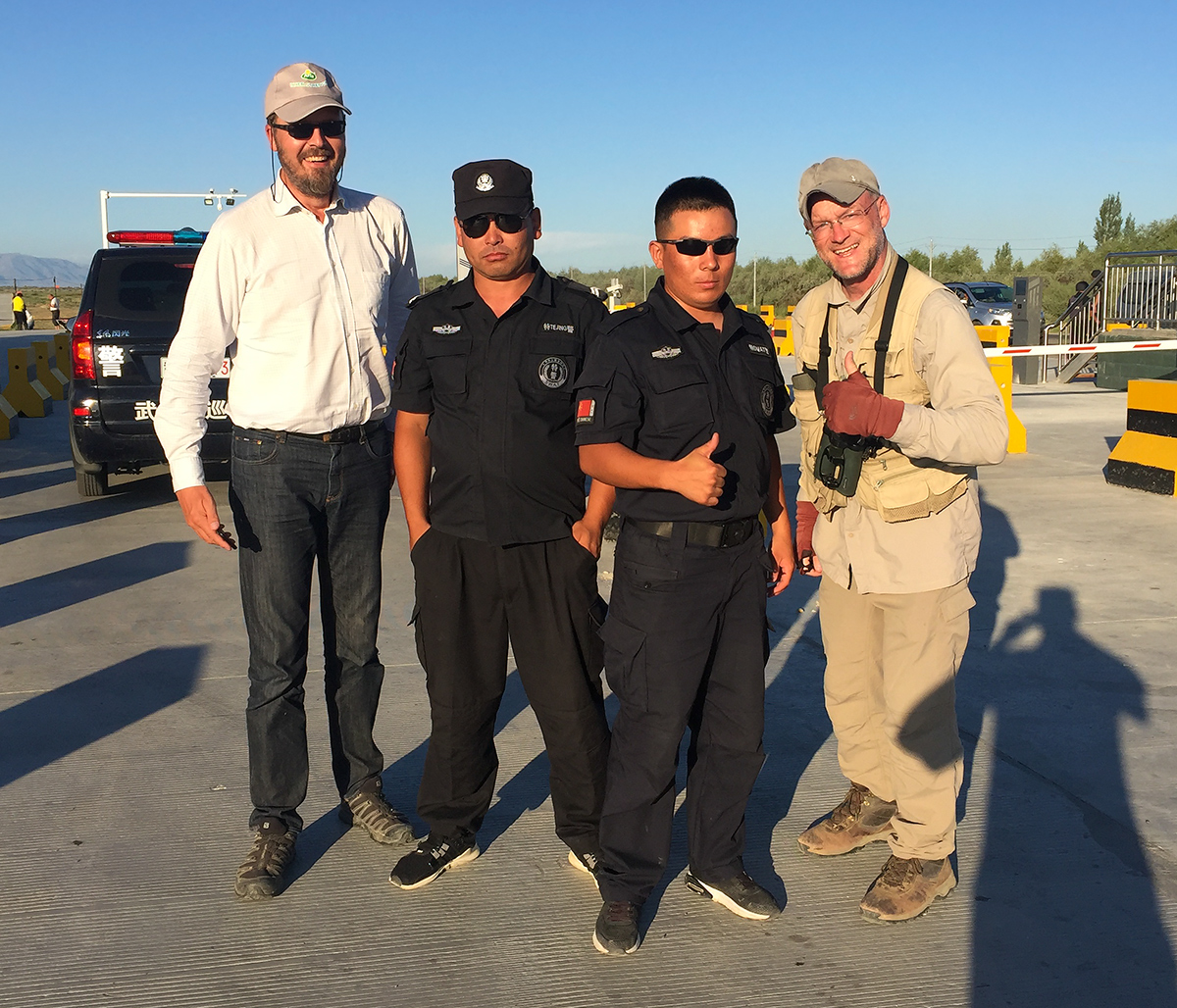
• Introduction to Birding in Northern Xinjiang: Craig Brelsford gives you an introduction to Northern Xinjiang and an overview of the second expedition. Bounded by the Tianshan to the south and the Altai to the north, and with the Jungar Basin at its heart, Northern Xinjiang is one of the premier birding areas in China.
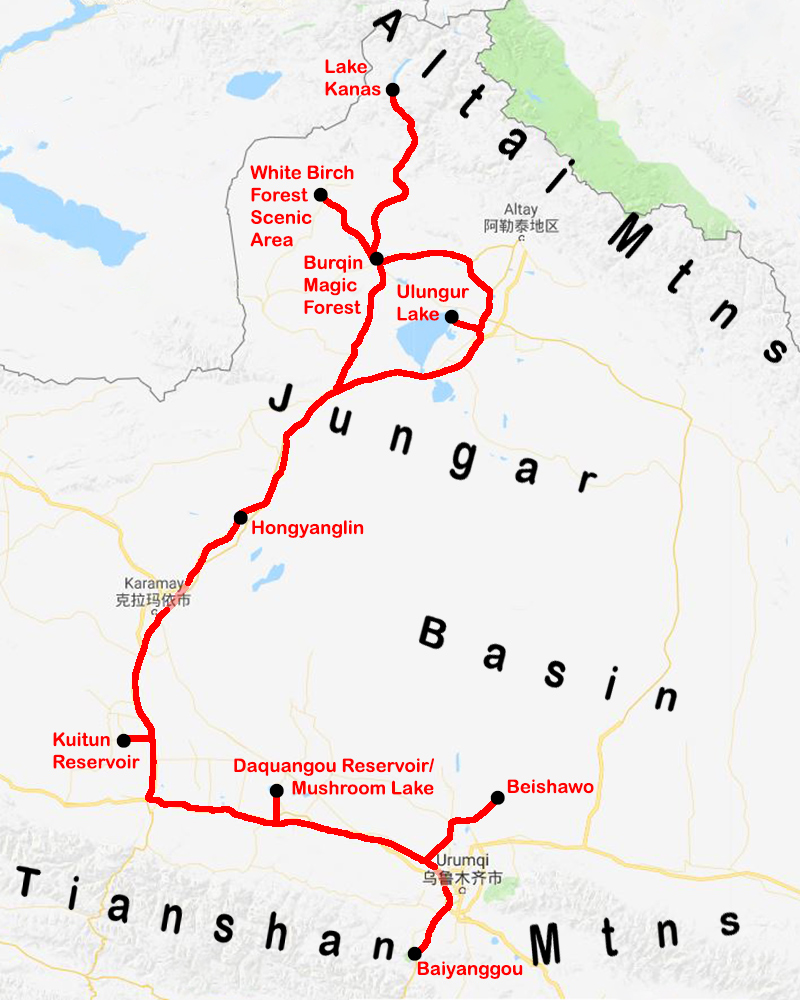
• Notes on Birding in Northern Xinjiang: Read Brelsford’s notes on the “European” birds of Xinjiang as well as other observations recorded during the second expedition. In Xinjiang, birders are saiwai (塞外), “beyond the (Great) Wall”—in China, but not in East Asia. This is Central Asia, closer to Europe than to Shanghai.
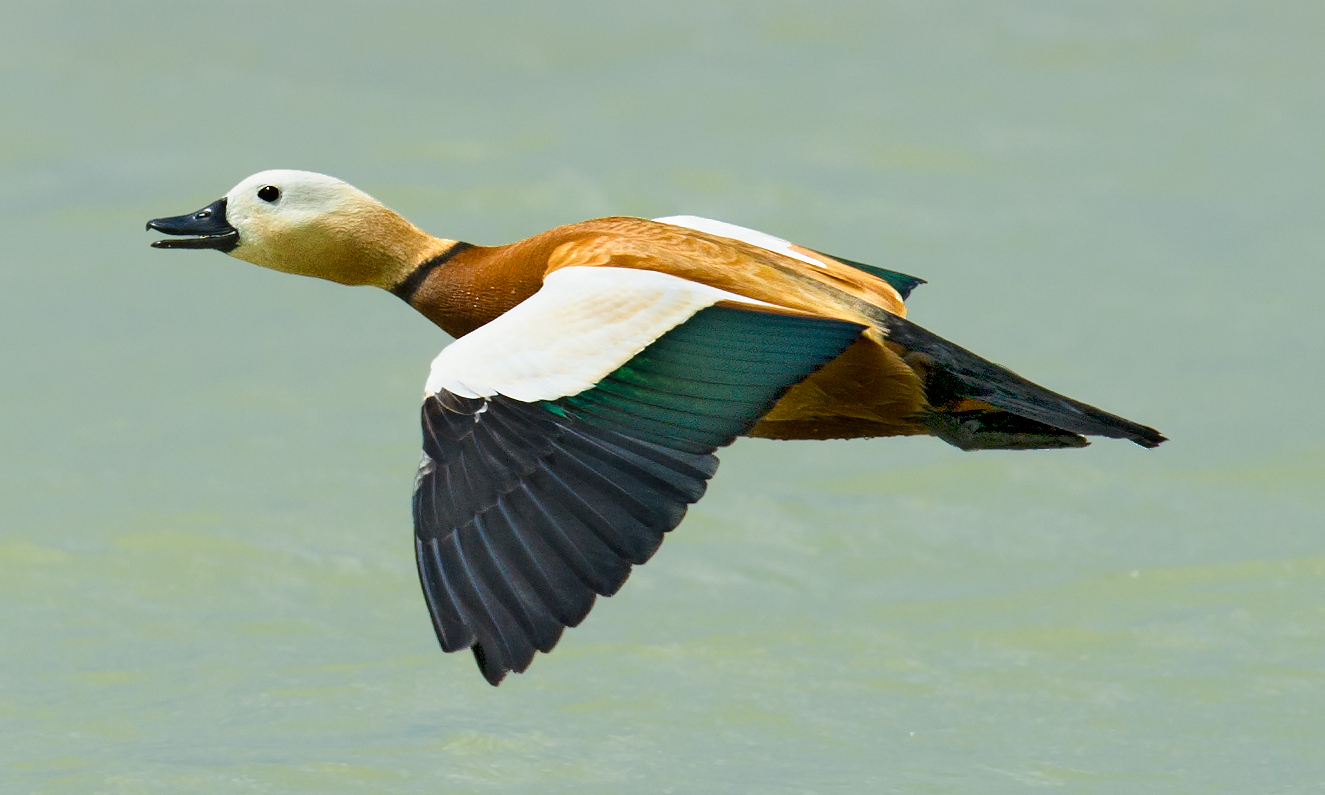
• Photo Gallery of the Birds of Northern Xinjiang (Non-Passerines): This is the first of two photo galleries of the birds of Northern Xinjiang. This post covers non-passerines. Each photo in the gallery was taken by Craig Brelsford in Xinjiang.
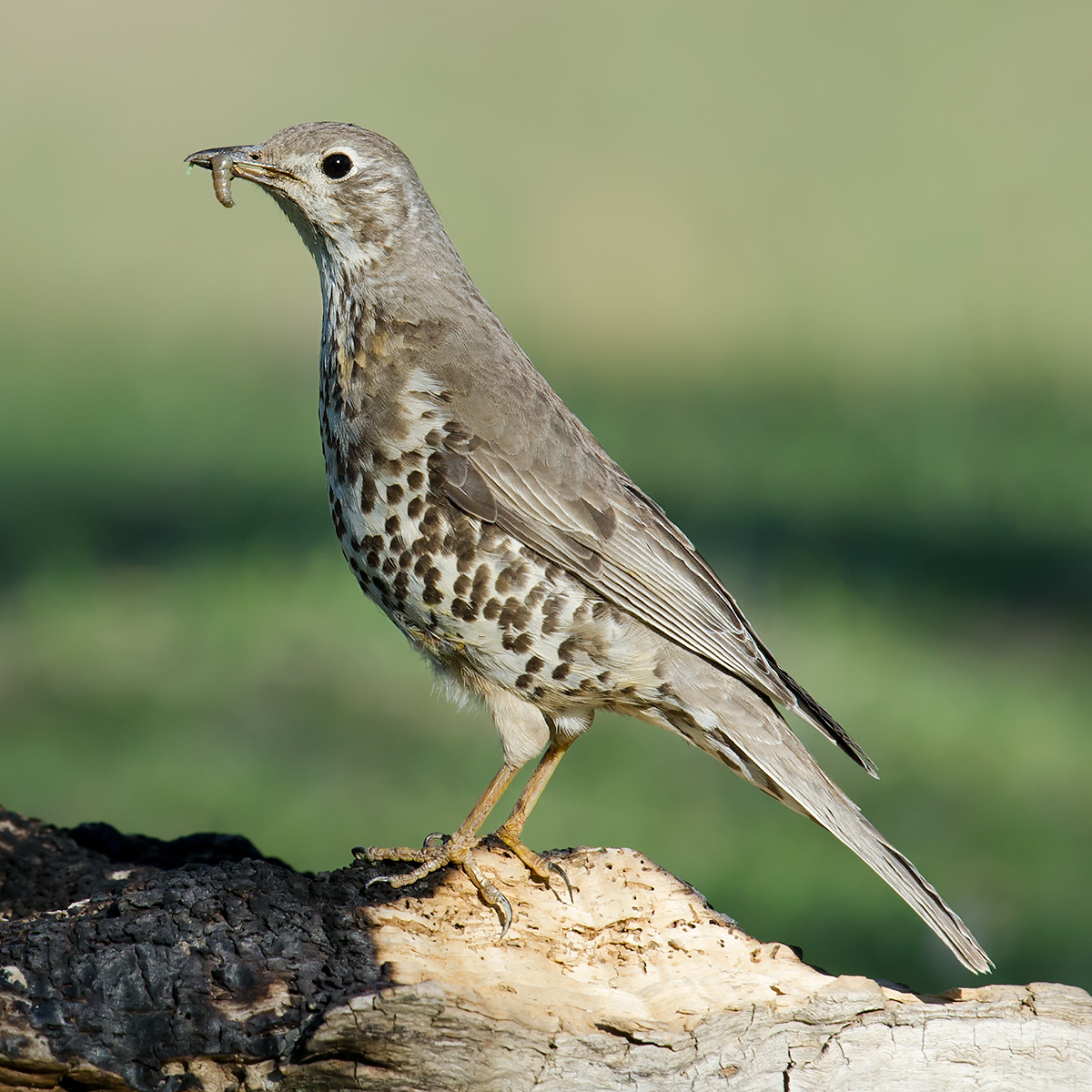
• Photo Gallery of the Birds of Northern Xinjiang (Passerines): This portion of the photo gallery covers the passerines of Northern Xinjiang. Many birds well-known to Europeans, such as Mistle Thrush, were photographed by Craig Brelsford using his state-of-the-art Nikon setup.
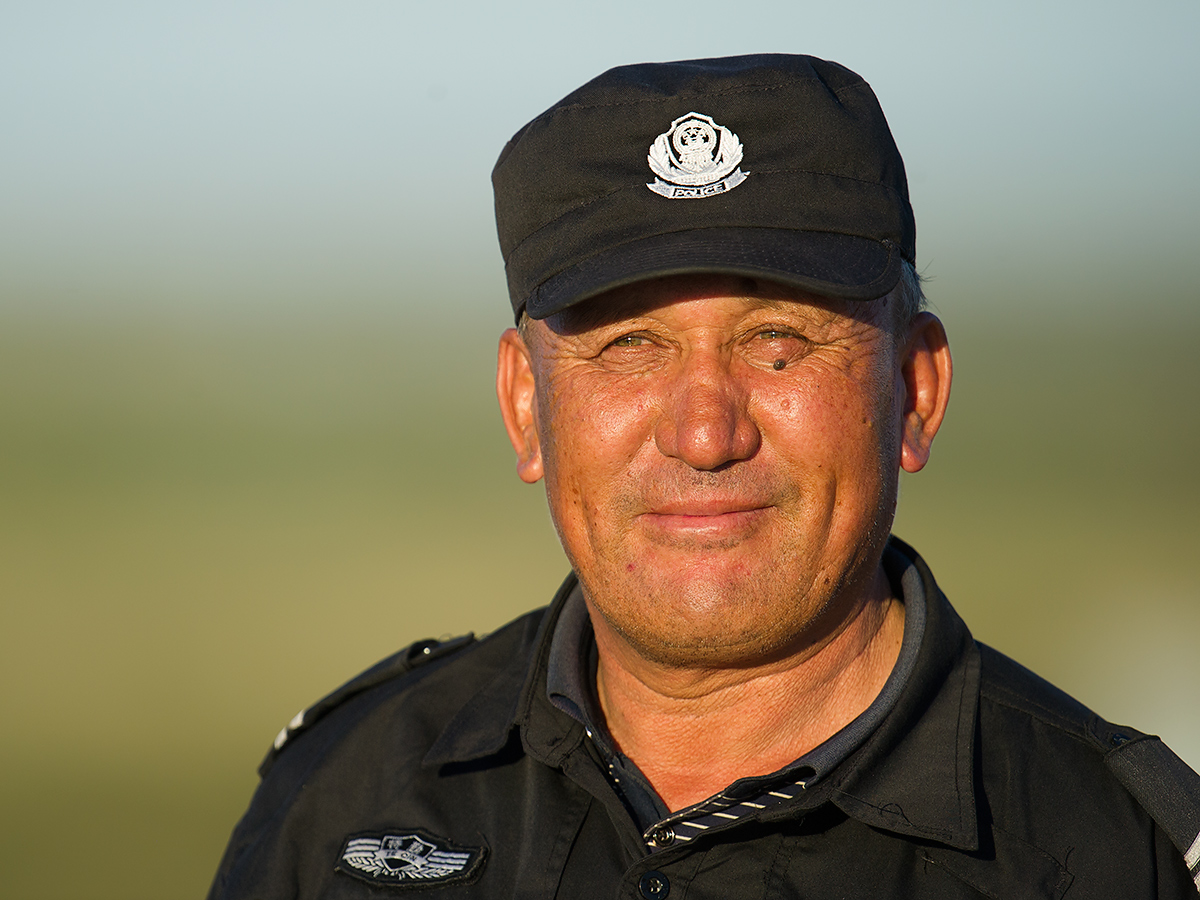
• The Landscapes and People of Northern Xinjiang: Photos and detailed captions by Craig Brelsford offer a window into the habitats and people of Northern Xinjiang.
MORE ON JOHN MACKINNON
Read the posts John MacKinnon has authored for shanghaibirding.com:
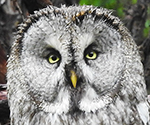
Daxing’anling: Kingdom of the Great Owls: MacKinnon describes his experiences with the owls of the Greater Khingan Range in northern Inner Mongolia. “I meet her two boyfriends,” writes MacKinnon. “One has got wet in the night rain and looks rather miserable with straggly wet feathers.”
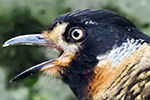
Well-spotted in the Bamboo: MacKinnon introduces the bird community of Jinfoshan, the highest peak in the Dalou Mountains in the city-province of Chongqing. “Whilst colleagues … swarmed the site with an array of expensive cameras and optics,” MacKinnon writes, “I stayed deep in the forests, looking for laughingthrushes.”

The Artistry of Karen Phillipps: In this post, written exclusively for shanghaibirding.com, MacKinnon describes the qualities that made the late Karen Phillipps a great wildlife artist. “She had a unique, inimitable style,” MacKinnon writes. “Her pictures are clean, vibrant, and beautiful.”
See also
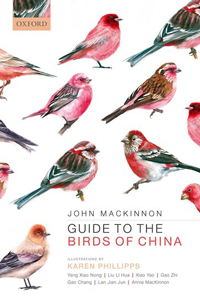
Exclusive Interview with John MacKinnon: On the occasion of the publication of his Guide to the Birds of China, the pioneering naturalist talks with shanghaibirding.com about his new book, his long career in Asia, and the many attractions that mega-diverse China offers to birders.

John MacKinnon in Shanghai: We gave the great naturalist the Cape Nanhui Grand Tour, noting 84 species, among them Oriental Plover. A fine storyteller and keen wit, MacKinnon had us roaring with tales drawn from his six decades as a researcher in Asia.
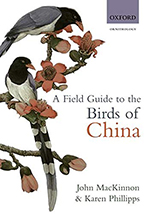
MacKinnon’s new Guide and classic Field Guide: The Guide to the Birds of China, published in 2022, and its predecessor, the Field Guide to the Birds of China, published in 2000, are the most influential books ever written about the birds of China. Birders from Xinjiang to Hainan have come to depend on MacKinnon’s monumental works.

